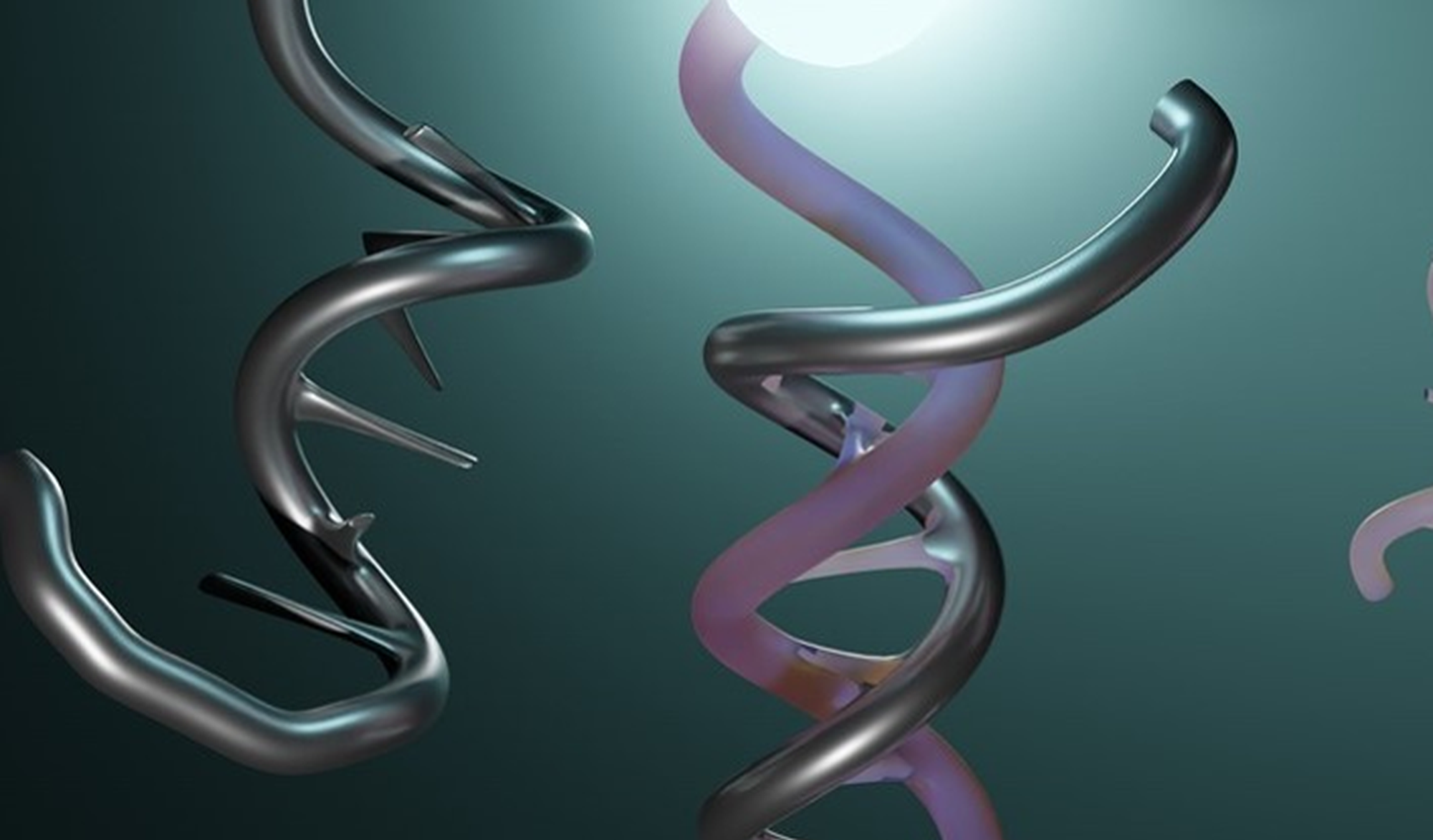Chemigenetic probes based on synthetic chelators

Molecular fluorescent probes are versatile tools for dynamic imaging of biological systems. The measurement of ion concentrations (Ca, Na, Mg, etc, in different oxidation states) and fluxes inside living cells is key to understanding cellular physiology. For this reason, fluorescent indicators that can infiltrate and provide intel on the cellular environment are critical tools for biological research. Developing these molecular fluorescent probes began with the work of Racker and colleagues, who demonstrated the passive loading of fluorescein in living cells to measure changes in intracellular pH. In this context, one prominent and broad class of chemosensors are for reactive small-molecule species, which have a variety of functional groups in their structure. These functional groups can be formed by oxygen, nitrogen, carbon, and sulfur, which are actively produced and metabolized in a diverse array of native biological processes and play dichotomous signal and/or stress roles in both healthy and diseased states. In this short experimental work, we will try to synthesize a new family of probes based on the group's previous experience synthesizing and characterizing fluorescent systems based on fused heterocycles.
Keywords
Calcium/metabolism; chelating agents; fluorescent dyes; green fluorescent Proteins/ genetics; Ligands; sodium; substances; chelating agents; green fluorescent proteins; ligands; calcium; fluorescent dyes; sodium
That's why the main objectives of this Internships 2023 are:
- Synthesis and characterization of new compounds.
- Structural and photophysical characterization of compounds (absorption and emission) in solution.
- Preparation of results report.
- Presentation in a Seminar.
The candidate should have basic knowledge of organic synthesis. In addition, the student will benefit from to opportunity to work on state-of-the-art instruments for organic and organometallic synthesis. Some include detection and structural elucidation techniques, NMR, MS, FITR, etc.
